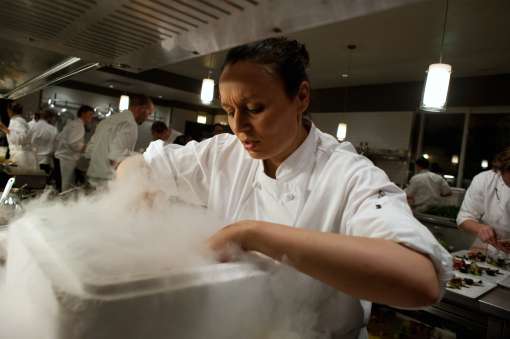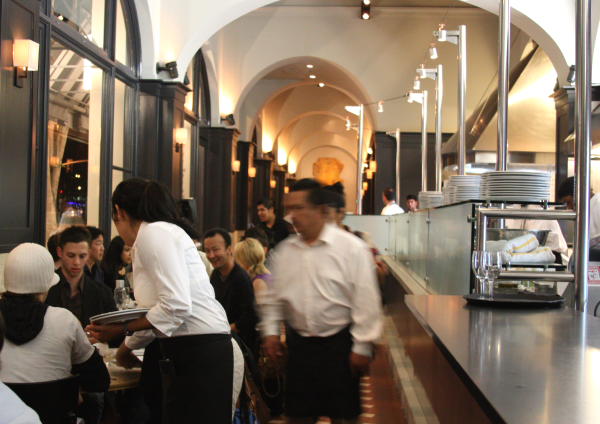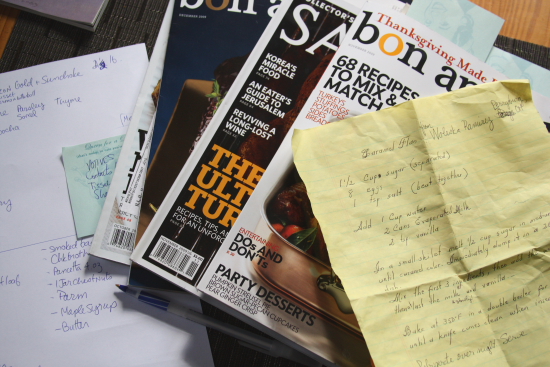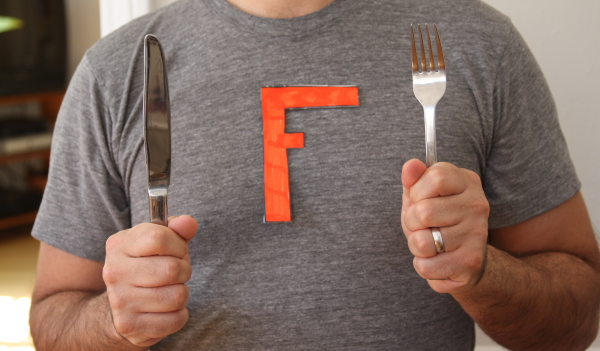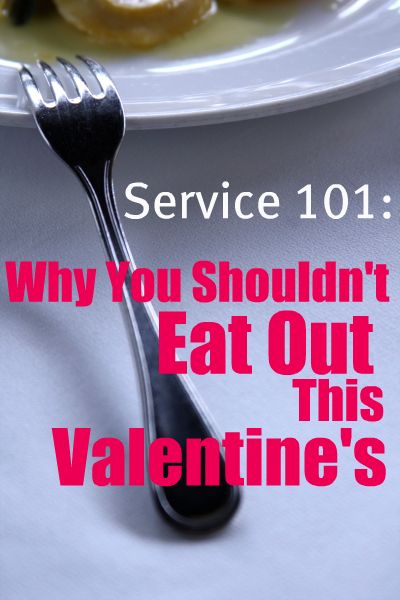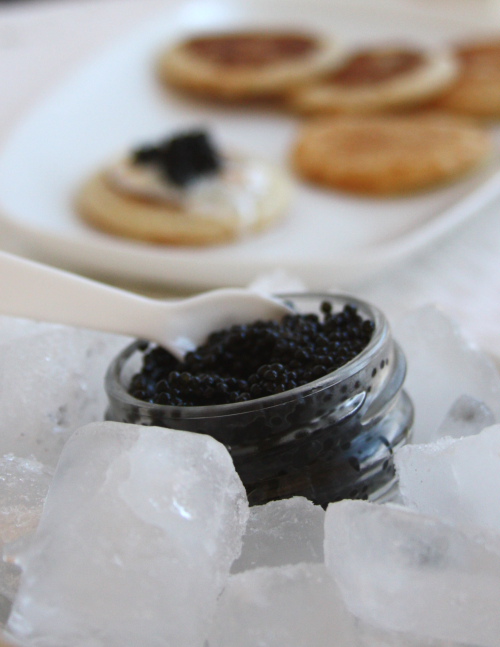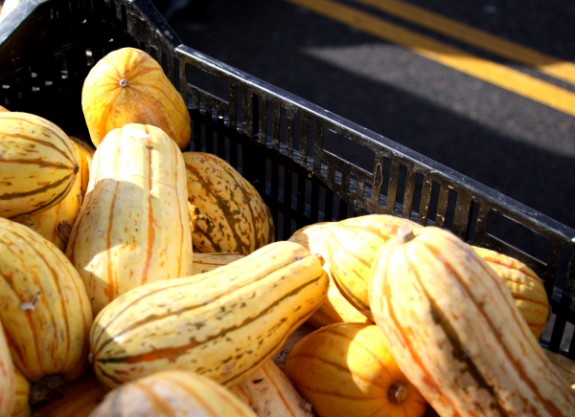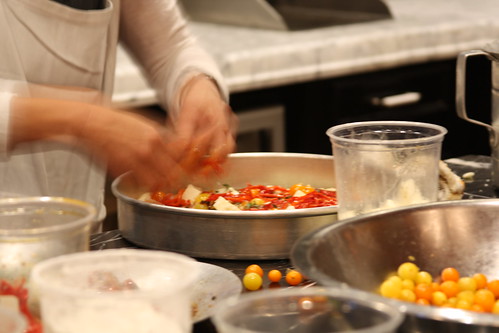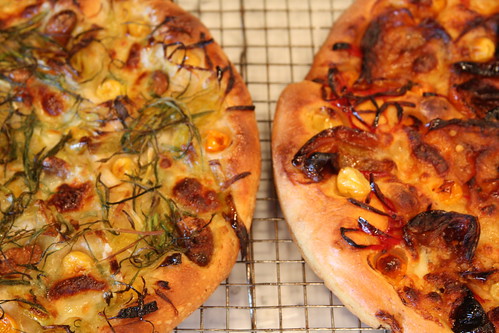
Things are about to start tasting a whole lot different around here.
I’m pushing aside the canned tomatoes and Italian fettucini, and stocking my larder with bottles of fish sauce and dried rice noodles! Why? Because after more than three years working at Mario Batali and Nancy Silverton’s Pizzeria and Osteria Mozza, I’m starting a new gig at a pan-Asian restaurant.
What will I be doing? I won’t be bartending or waiting tables. I won’t be managing, either. My title? Service Guru.
(Cue: Sound of excited GIGGLING)
As Service Guru, I’ll be head coach of a big plan to get employees excited about giving great service every day. And not just take your order and get you out the door on time kind of service. We’re talking about creating a service program that gives employees the tools they need to put smiles on customers faces, turn them on to new and tasty foods, and makes customers want to come back to the restaurant again and again. My new gig is, without a doubt, my dream restaurant job.







